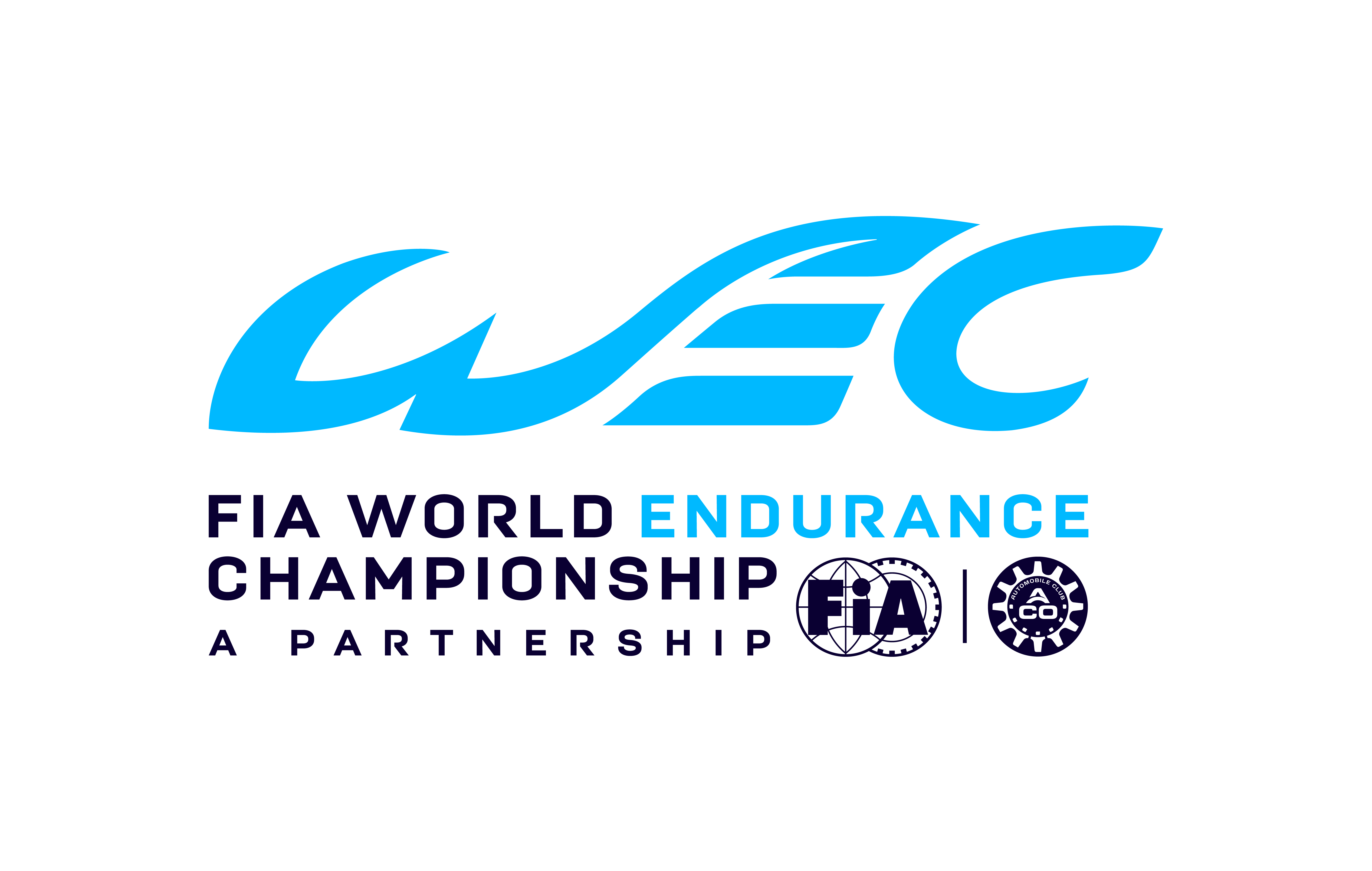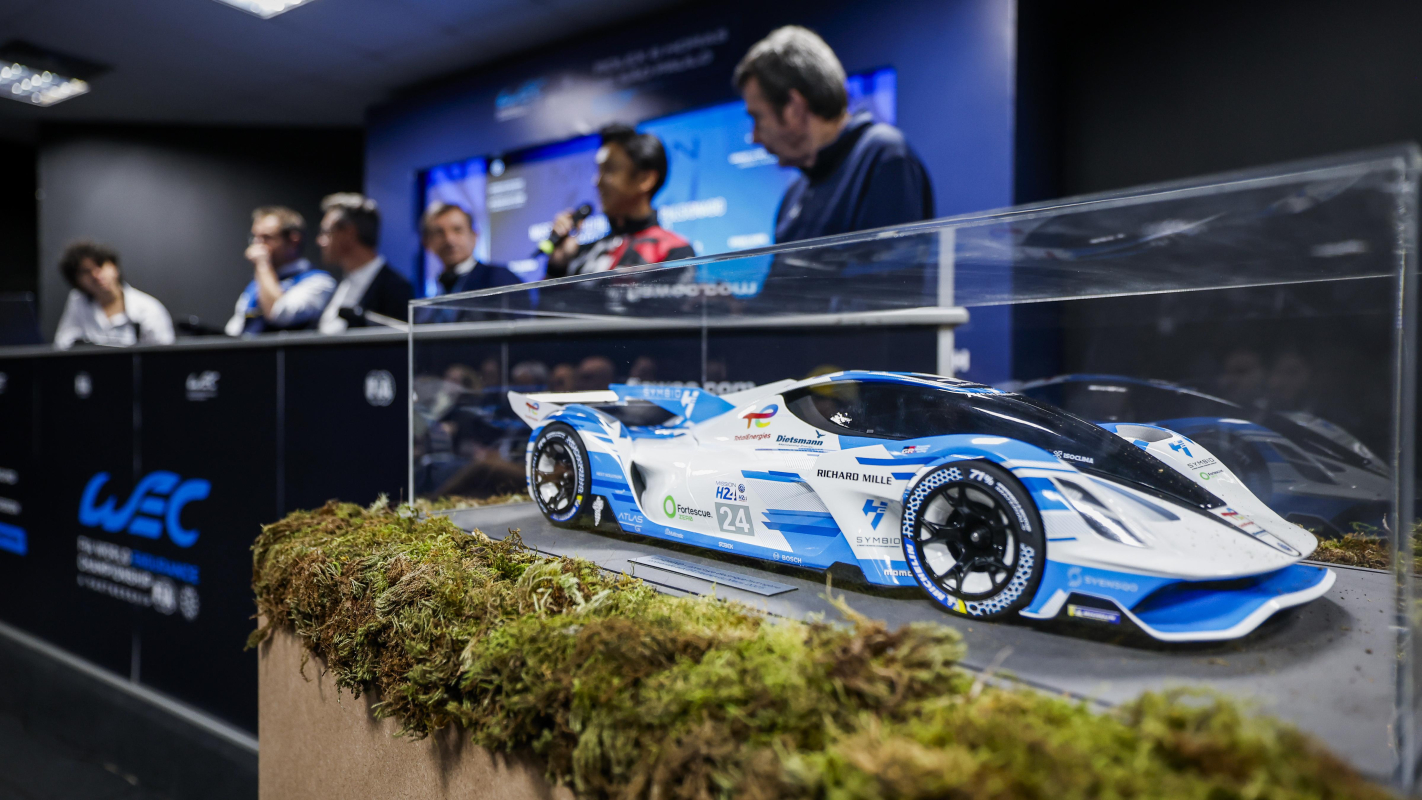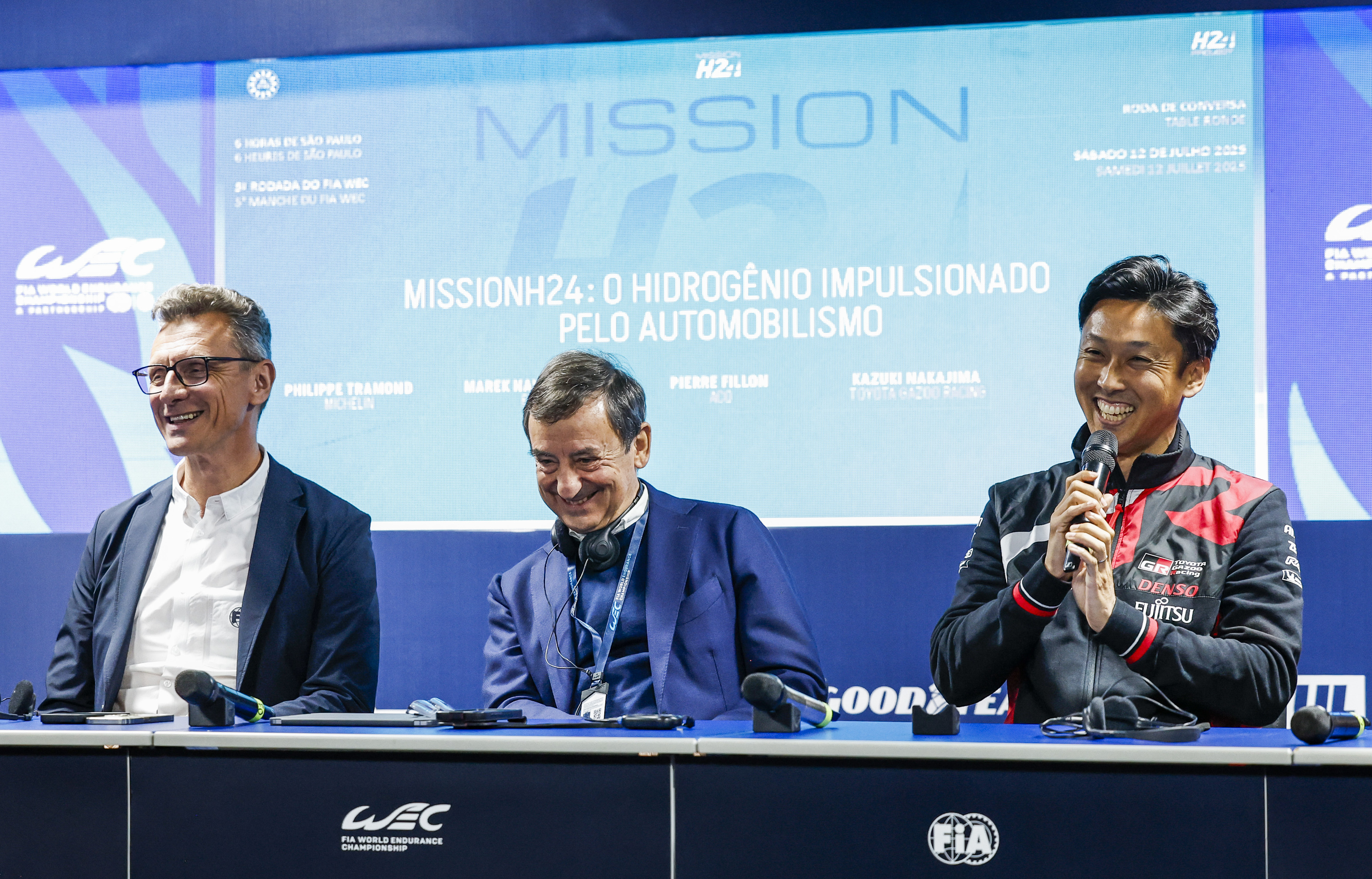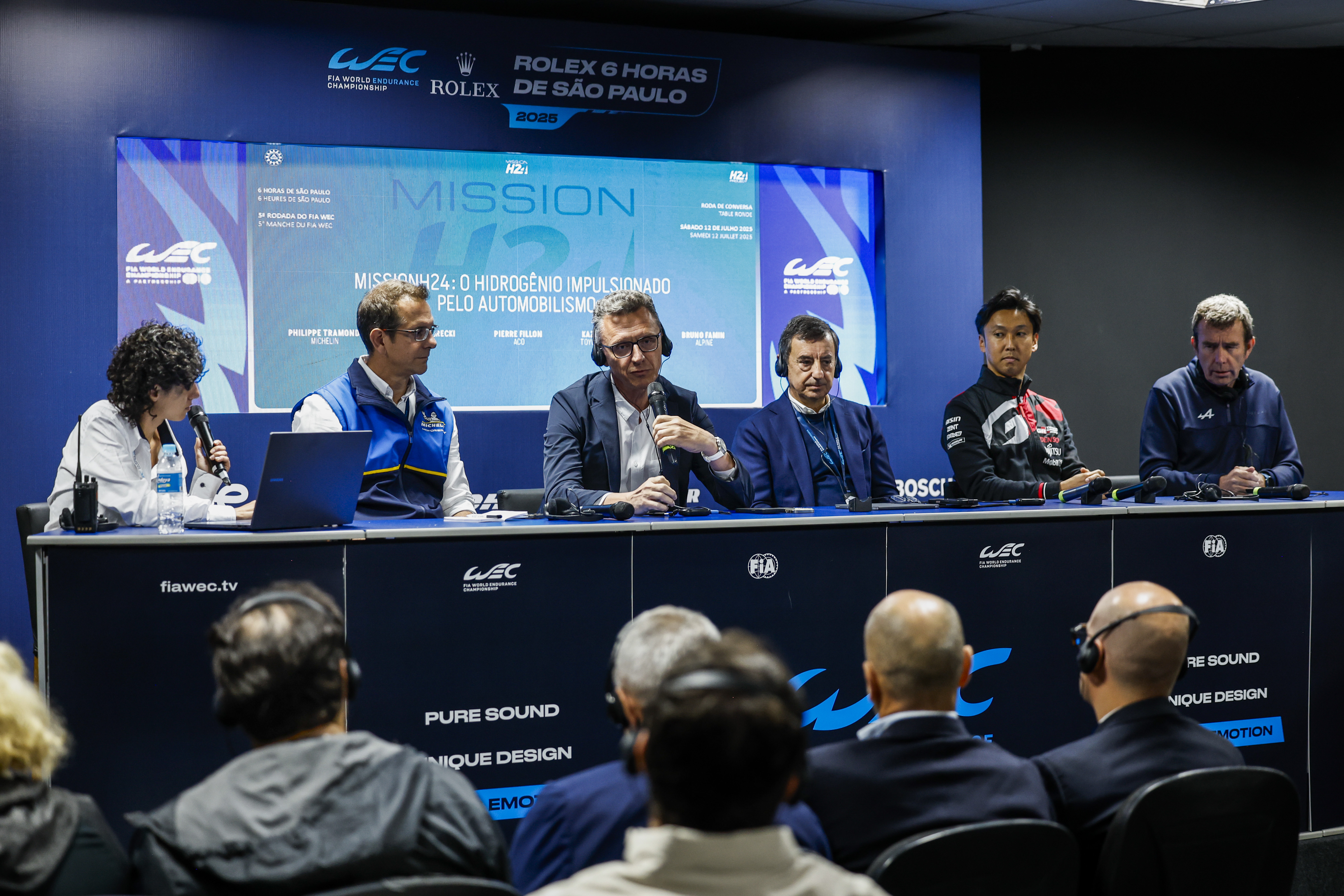
During this weekend’s Rolex 6 Hours of São Paulo (12-13 July), a conference dedicated to hydrogen and the decarbonisation of racing has brought together some of the sport’s leading names.

Pierre Fillon, President of the ACO and Co-President of MissionH24; Marek Nawarecki, FIA Senior Circuit Sport Director; Kazuki Nakajima, Vice-President of TOYOTA GAZOO Racing Europe; Bruno Famin, Director of Motorsport for Alpine; and Philippe Tramond, Technical Director of Michelin Motorsport participated in a presentation of the 24 Hours of Le Mans and FIA WEC’s strategy for a zero-CO2 emission competition, in the presence of journalists, partners and spectators.
As the model of the H24EVO, the latest MissionH24 prototype, a programme developed in collaboration between the Automobile Club de l’Ouest and H24Project, sat in the front row of the conference room, the tone was set from the outset. Ahead of qualifying for the fifth round of the FIA WEC campaign, hydrogen monopolised the attention for a few moments, in order to present the future of endurance racing.
From 2028, hydrogen prototypes will be able to participate in endurance events, competing with conventional combustion engine machines, while releasing no CO2 emissions from the exhausts. Decarbonising racing and mobility is the mission carried out by the ACO, represented by Fillon, and the FIA, by Nawarecki.
“It’s the DNA of the 24 Hours of Le Mans and the FIA World Endurance Championship,” explained Fillon. “First, we reduced fuel consumption by almost 50 per cent with hybrids. Today, hydrogen, which is one of the solutions rather than the only solution, allows us to introduce machines with the same autonomy and pit-stops, similar to those of conventional combustion engine cars, but with zero CO2 emissions.”
“For the FIA, participating in this energy transition, or I would even say, in this diversification of energies, is important,” echoed Nawarecki. “We are working with the ACO on the regulations to introduce liquid hydrogen. The work is well underway; since last June, we validated a regulatory basis, including safety conditions, for future categories. The role of the FIA is to take into account the state of the art in the development of hydrogen and to create the relevant regulations, with the ACO and interested manufacturers. Hydrogen will be a testing ground for sport but also for mobility.”

As proof of the progress of the work carried out by the ACO, the FIA and the manufacturers, prototypes are already running, such as Alpine’s Alpenglow Hy6, or the Toyota GR Corolla H2 with liquid hydrogen. The latter participated in the 24 Hours of Fuji last May, in the hands of Akio Toyoda (President of Toyota) among others, explains Nakajima. “It did not experience any major problems during the event. We were able to improve the refuelling system. These are crucial points for deploying hydrogen, a technology that already exists, and which is promising for competition and mobility. It’s a great challenge, to be tackled together.”
At the 2025 24 Hours of Le Mans, TOYOTA GAZOO Racing presented the GR LH2 Racing Concept, an endurance-oriented prototype, and announced a partnership with MissionH24, concerning the aerodynamics and cooling of the future H24EVO, a prototype using a fuel cell. For both TOYOTA GAZOO Racing and Alpine Racing, the choice of the hydrogen combustion engine was retained: “Hydrogen is an interesting solution; it complements all-electric,” said Famin.
In the Alpenglow, hydrogen powers a combustion engine, which requires a specific combustion process and a dedicated storage and filling system. The advantage of the combustion engine? “It remains a combustion engine with all its sensations, noise and vibrations, but beyond this passion aspect, there is a real technical interest in this engine, which requires a lot of torque and is therefore suited to the demands of a racing car as well as certain utility vehicles for mobility.”
Last June, on the legendary 13.6km circuit, the Alpenglow Hy6 completed several demonstrations, recording a speed of 313km/h on the Mulsanne Straight. A challenge for the tyres? Tramond responds: “The forces generated by these vehicles, heavier at first, are different and represent a real challenge for the tyre. We contribute by providing simulations, then more precise models to help build the vehicle. We are offering new tyres, such as one made from 71 per cent recycled or renewable elements. They will have the properties worthy of a racing tyre, respectful of the planet.”
Fillon underscored the reality of this challenge, initiated in 2018: “We need to decarbonise racing. Our mission is to bring hydrogen to competition with mobility applications. It’s about producing green hydrogen, studying the entire production chain, storage, and more. We’re living in an extremely exciting time. We’re preparing the future for future generations.”
To complement this presentation, H2 animations were offered to the public at the São Paulo circuit.
Watch FIA WEC live or on-demand via the official FIA WEC TV app – your full-access pass to the FIA World Endurance Championship including the iconic 24 Hours of Le Mans. Don’t miss a moment. For further information, check out the app.
